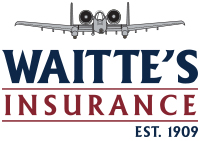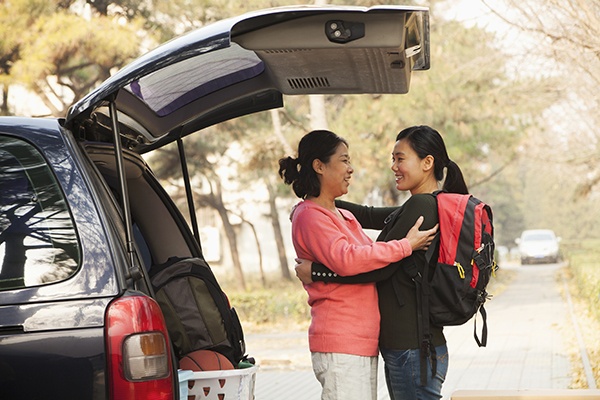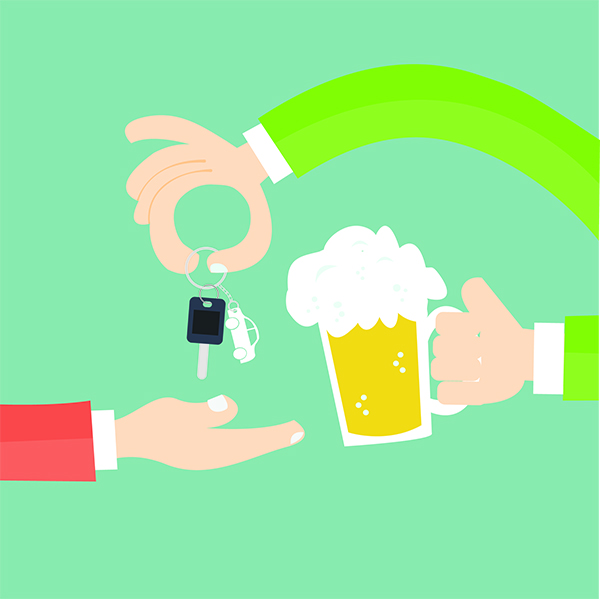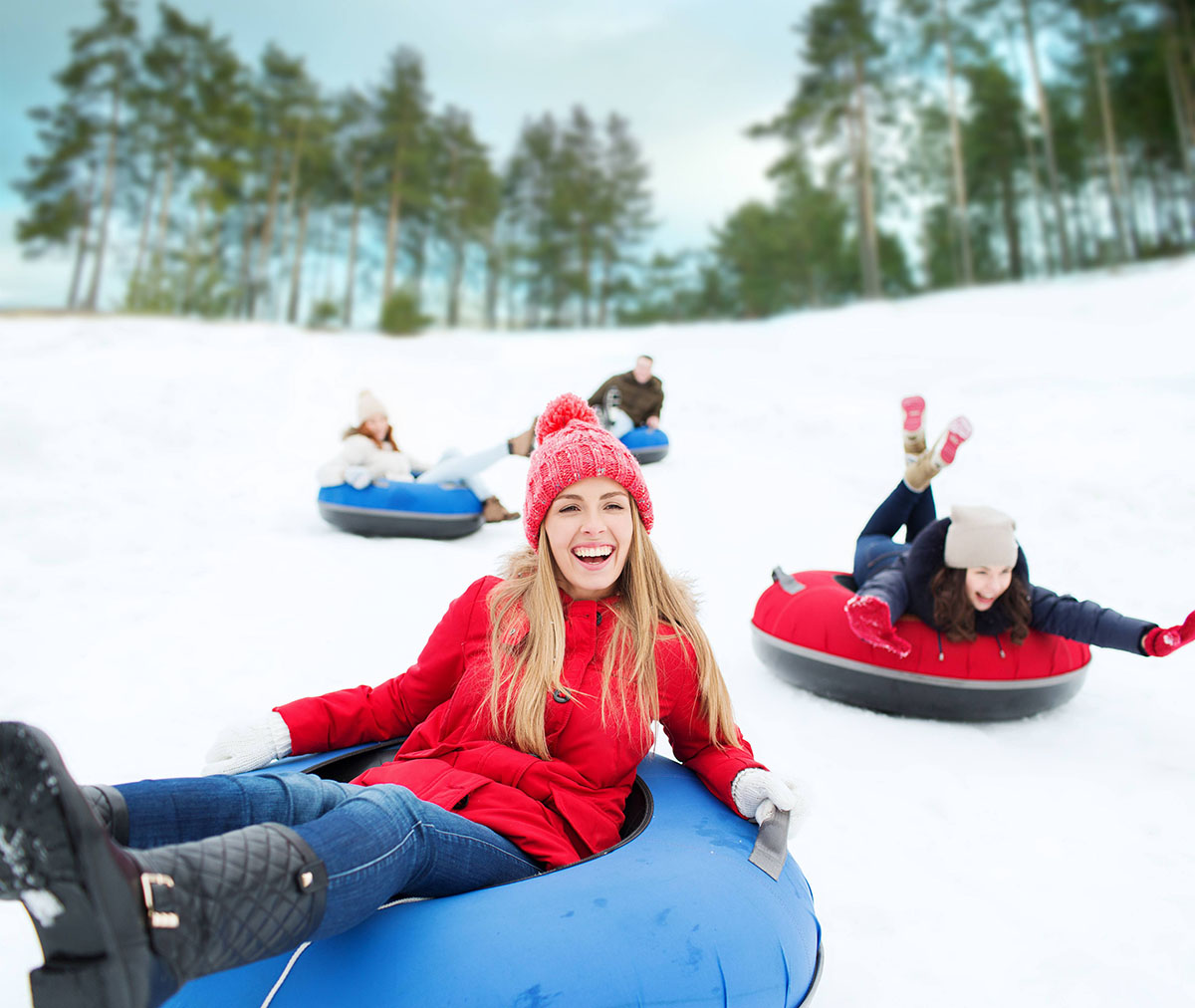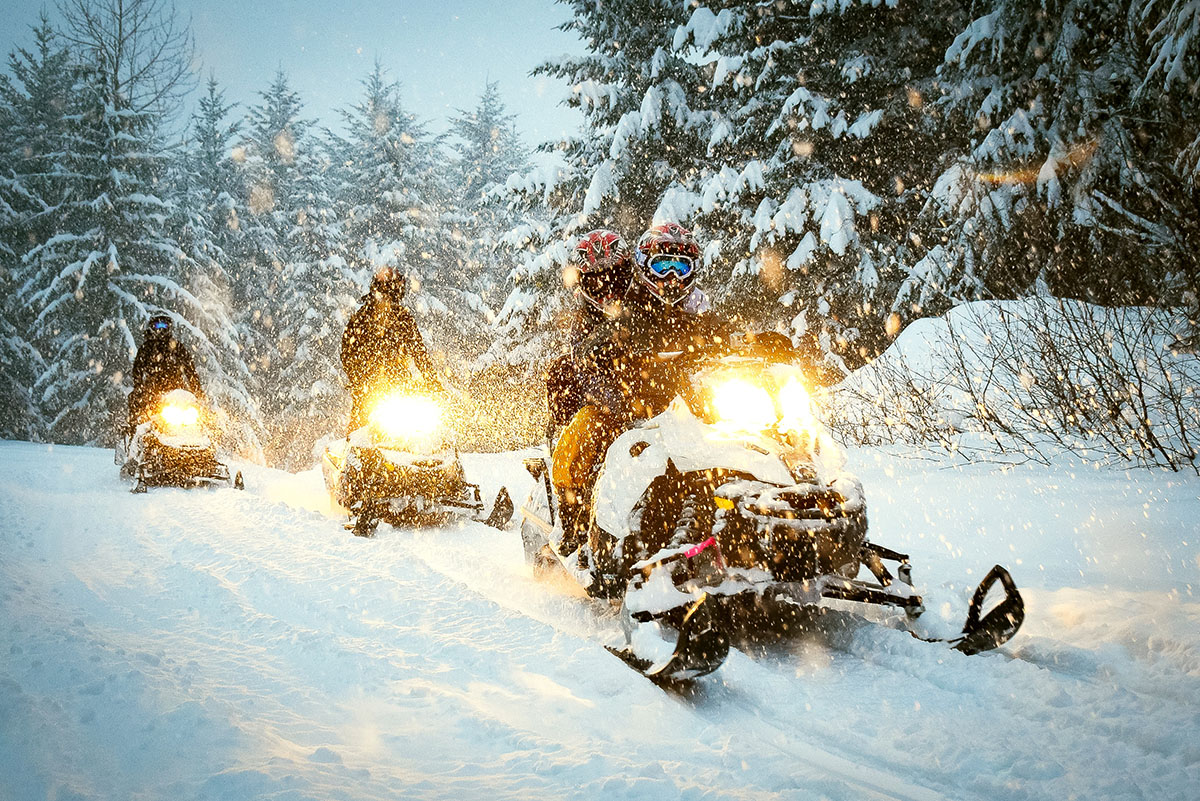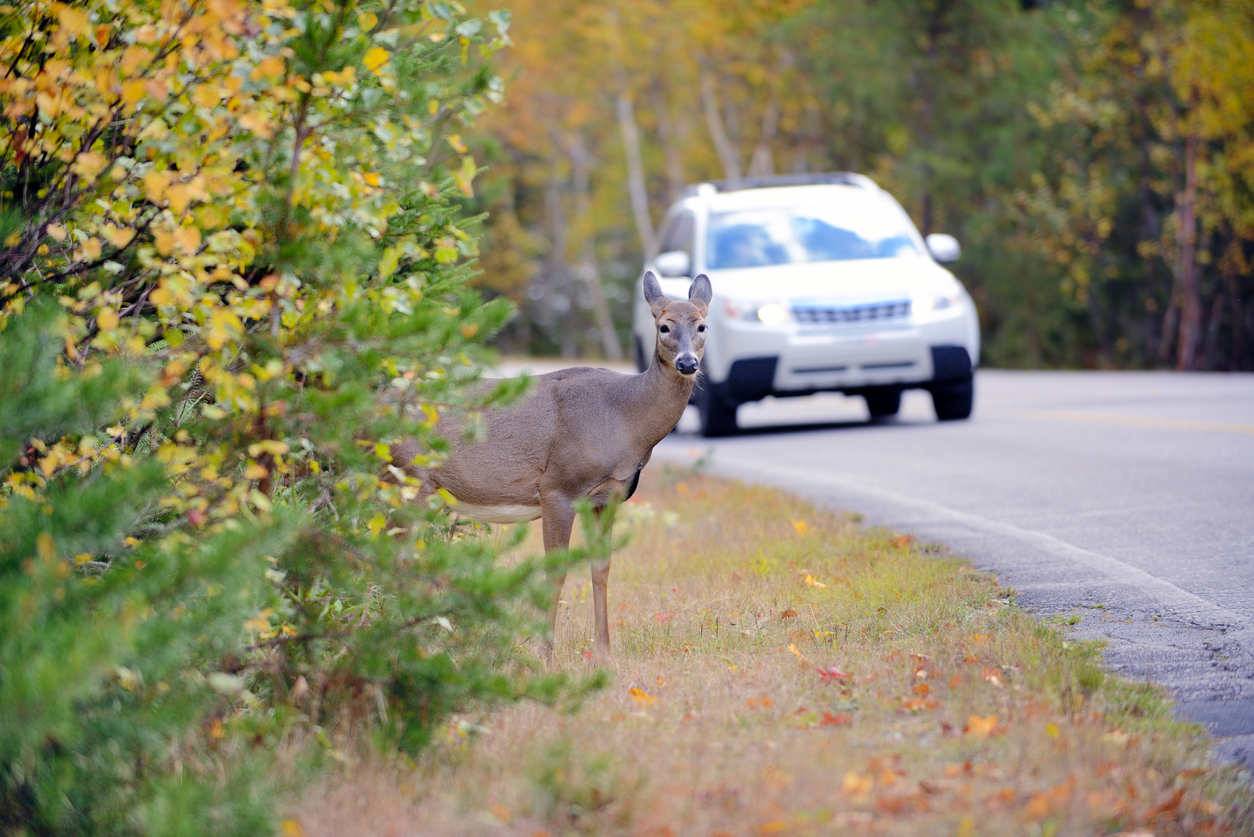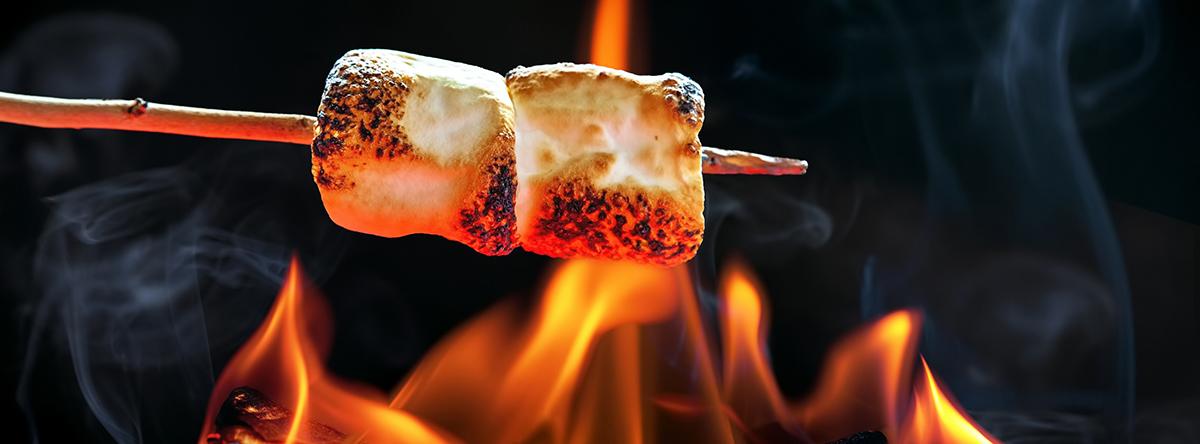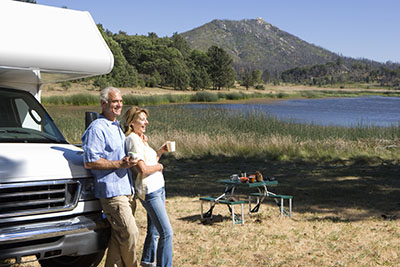Your kids have been a focal point in your home life and schedule for the past two decades or more. For many of us, however, the physical presence of a child in the home will no longer be part of the equation as the youngest (or in some cases only) child moves on to college, work, or another form of adult independence.
While empty nest syndrome is not a clinical disorder or diagnosis, the sadness, depression, and loss of purpose that may coincide with the child's departure are very real for many parents (Psychology Today). While we are proud of our children for their increasing independence, the pain felt by parents can be substantial enough that they become “vulnerable to depression, alcoholism, identity crisis, and marital conflicts” (Mayo Clinic).
Some of the sense of loss can be mitigated by frequent contact with a child through texting, email, or phone calls, though too much “helicopter” parenting can backfire and result in a lower sense of well-being for young adults transitioning to independence (VeryWellFamily.com). “Even if they welcome your guidance and attention, too much checking in and giving direction will hinder your young adult from learning to make good decisions and handle life on their own” (VeryWellFamily.com).
Recommendations for parents include limiting texts, emails, or phone calls to children to once or twice a week and engaging in some self-care. Give some attention to your own diet, sleep habits, exercise, and leisure activities. Now might be a great time to reconnect with old friends or plan a trip with your spouse. Consider taking a class or picking up a new hobby or resume an old activity that you didn’t have time for when your kids dominated your schedule.
Keep in mind that it will get easier. Consider seeking support from friends or colleagues who are going through the same thing or who became empty-nesters within the last few years. Like many big life transitions, you may experience some ups and downs. Still, with time, you may be surprised to enjoy your new role as an advisor rather than a direct caretaker of the wonderful person you have coached into adulthood. “You’ll get used to your child being in charge of their own life, and you can begin to develop a new sense of normal in your life” (VeryWellFamily.com).
At Waitte’s Insurance Agency, we want you to have a smooth transition into this new phase of life. Give us a call when you are ready to discuss your unique insurance needs.
